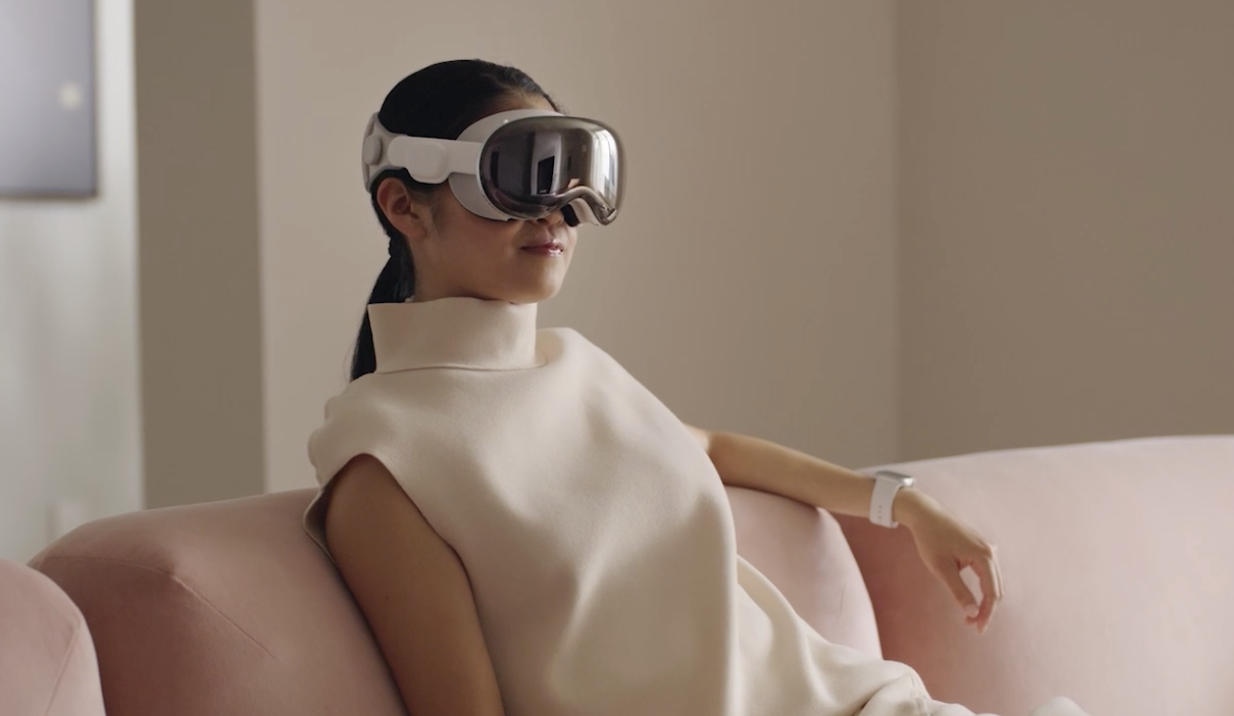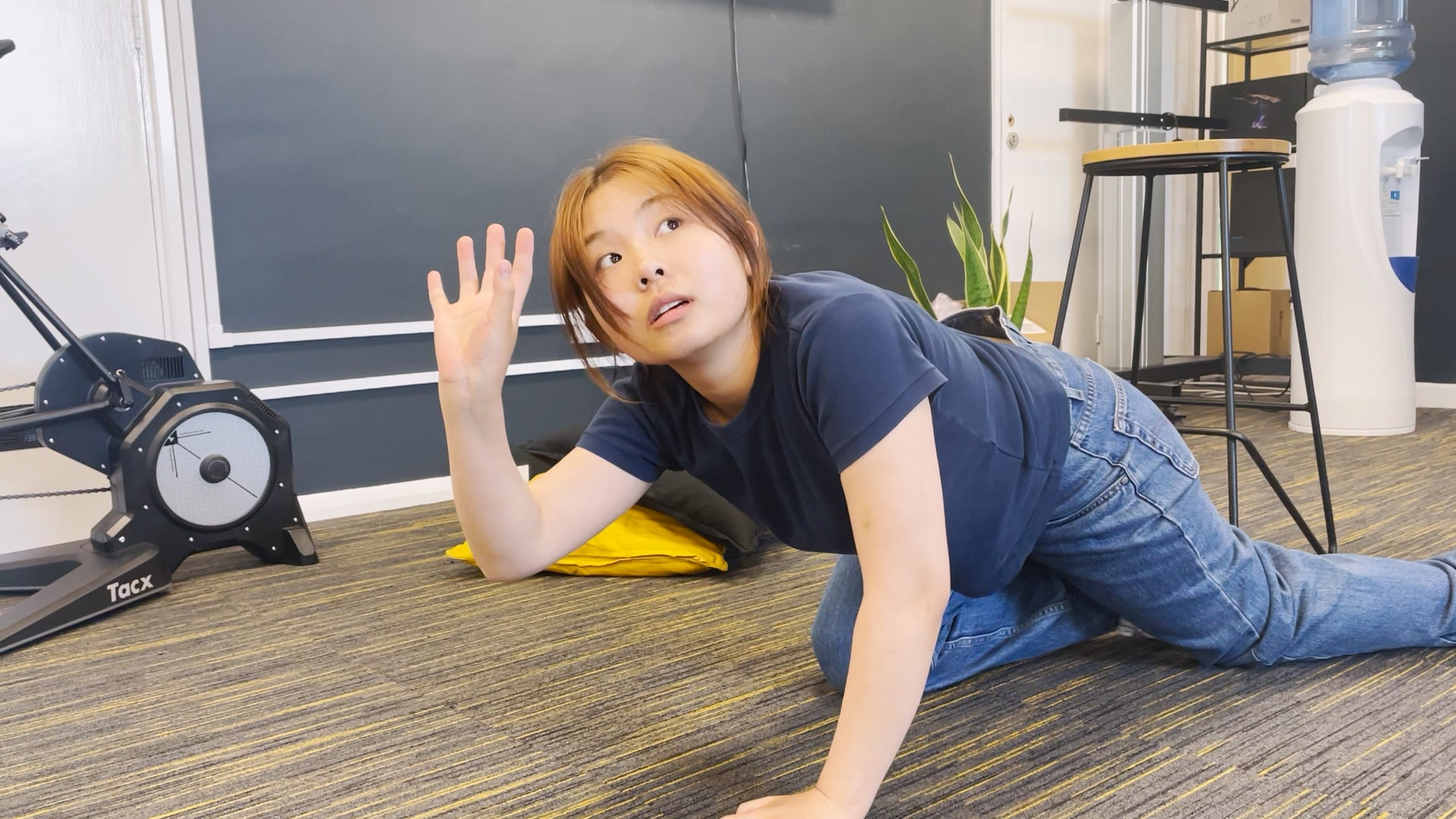Knowledge Base
4th December 2019
Looking for the lighter option
Location-based VR (LBVR) is a growing industry – it’s anticipated to grow annually by 32.5% from 2019 to 2024, with an expected user base of 1.5 billion people in the next five to six years. Many LBVR providers supply users with a VR headset powered by a backpack PC and a custom-designed space to experience the content, which so far has worked well. But the wearable technology is often heavy, cumbersome and uncomfortable – not to mention having short battery life. So how can we develop LBVR technology to make the overall experience more rewarding and more mainstream?
Streaming into the future
So far, backpack PCs have been – to use an extreme phrase – a necessary evil. They have traditionally been the best way to offer high quality graphics and the detailed functionality necessary for compelling free-roam experiences for location-based VR – but now tech capabilities are evolving. Instead of the graphics being powered by the PCs themselves, live streaming them over high-speed WiFi is a credible alternative. More and more VR providers are looking to streaming as a way to move on from the need for backpack PCs.
We've been developing our own free-roam solution – XIST – that streams PC-grade graphics to standalone headsets – with the extra power for the positional tracking, hand tracking and object tracking powered instead by a tiny micro-PC, which is no larger or heavier than a mobile phone and can be worn either on your belt or on your back. So, here are a few reasons why we think this could be the way forward for LBVR.
Comfort is key
The more comfortable the technology is to wear, the more people will be happy using it. VR already asks the user to trust it – some people find the idea of putting on a headset unnerving – and adding a heavy full-sized backpack doesn’t help, further affecting both your mobility and sense of balance. Lightweight micro PCs that are comfortable to wear make the experience much more comfortable and therefore enjoyable and are quickly forgotten by the user as they engage with the experience.
Practical for players
Backpack PCs have a short battery life – they usually can’t handle much more than a half hour play session at a time, and then they have to be fully recharged or batteries swapped out for the next session. Streaming the visuals over WiFi as a video feed means that the power heavy elements can always be done by computers plugged into the wall, leaving the headset to do the relatively simple low-power task of showing the streamed video. This means we can consistently get 4-6 hours of playtime out of each headset and micro PC, which makes recharging and operational considerations of running the kit much simpler.
Soon we’ll stream everything
Streaming is the way forward, with developments like 5G just on the horizon. By shifting more towards streamed VR experiences, rather than PC-driven experiences, we can move away from heavy backpack PCs for free-roam locations while maintaining the same level of visual quality. It’s the logical step forward in the evolution of the technology – just as we moved away from tethered headsets to standalone headsets, so we can move from backpacks to streaming. Next generation wireless technologies are promising greater bandwidth and much lower latencies meaning that what’s becoming feasible today will be commonplace very soon.
A bold step forward
The ultimate dream for VR has always been – and still is – being able to enter an experience and walk around in ease and comfort, exactly as you would in the real world – interacting freely with people and places. We’re not quite there yet – headsets, free movement, the level of realism, for example, are all evolving areas of the VR industry. Location-based free-roam VR is the closest we’ve come to achieving that dream and, at the moment, it’s still very much accepted that backpack PCs and full motion capture rigs are the standard way to offer free-roam VR. But it’s time we started to push that envelope and explore what’s possible when we ditch the backpacks and look for lighter, more comfortable and more realistic ways of providing free-roam VR. With XIST, we’re very excited about what possibilities that’s already bringing.

James has over two decades’ experience in highly technical roles – from the main IT agency of the British Government to digital marketing. He’s led development teams in three different agencies, plus worked as a freelance developer and consultant. His love of all things tech led James to co-found Infinite Form in 2015. When he’s not playing with computers, James is usually playing bass.



